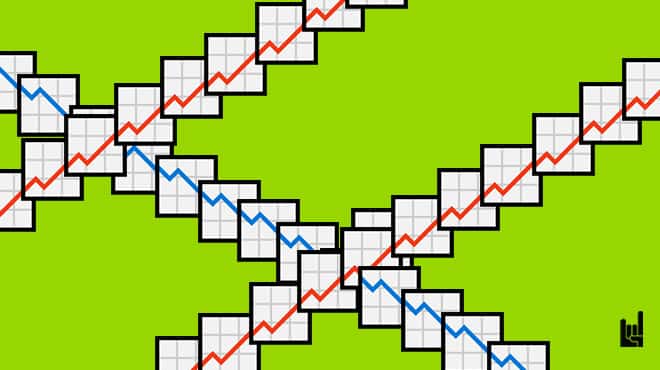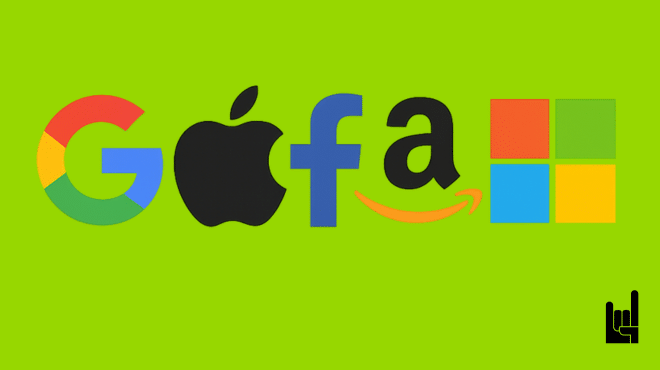Google’s search results often display information sourced from the Knowledge Graph, a vast database containing billions of facts about people, places, and things. The Knowledge Graph enables Google to answer factual questions like “How tall is the Eiffel Tower?” or “Where were the 2016 Summer Olympics held?” I see the Knowledge Graph as a powerful tool that helps Google identify and present accurate, publicly known information that users find valuable. The goal of Google is to ensure that this factual content is easily accessible when it’s most relevant to the searcher’s intent.
As per google: “To help ensure knowledge graph and similar displays are a helpful experience for everyone, we have systems in place to prevent showing those that are in violation of Google Search’s overall policies or these policies for Search features:
Advertisements
Dangerous content
Deceptive practices
Harassing content
Hateful content
Manipulated media
Medical topics
Regulated goods
Sexually explicit content
Terrorist content
Violence & gore
Vulgar language & profanity


